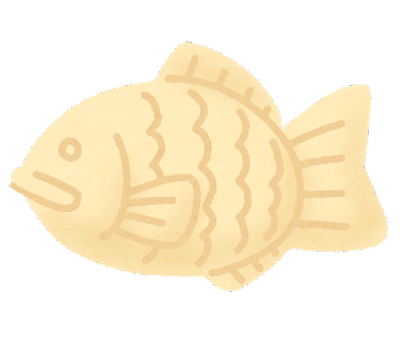Hello! Nice to meet you, everyone! It is a blog: How Unique Japan.
We always share some Japanese features through this website!
This time, we will introduce a traditional Japanese sweet, Tai-yaki! Tai is Sea bream, and yaki means burned.
So, as the name suggests, the sweet is shaped like the Sea bream. But it is not made by row fish. It is made from flour and sweetened red beans (azuki). But why does it resemble a fish?
The history
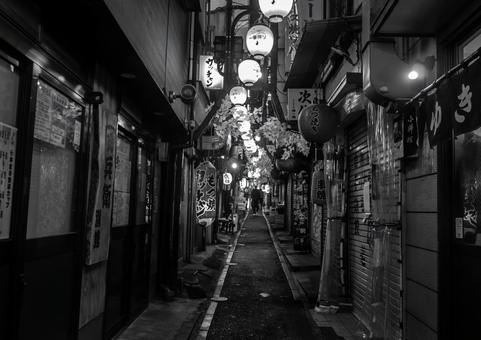
It is vague when it was born. But, by the historical record, it might have been created around the Meiji era
(After the Edo era ended, such a new era started from 1868 to 1912).
At that time, a sweet maker was struggling to sell his product. His product was Imagawa-yaki. (The ingredients are almost the same.)
It has a round form. It seemed a thick coin with the ingredient Red sweetened beans inside.
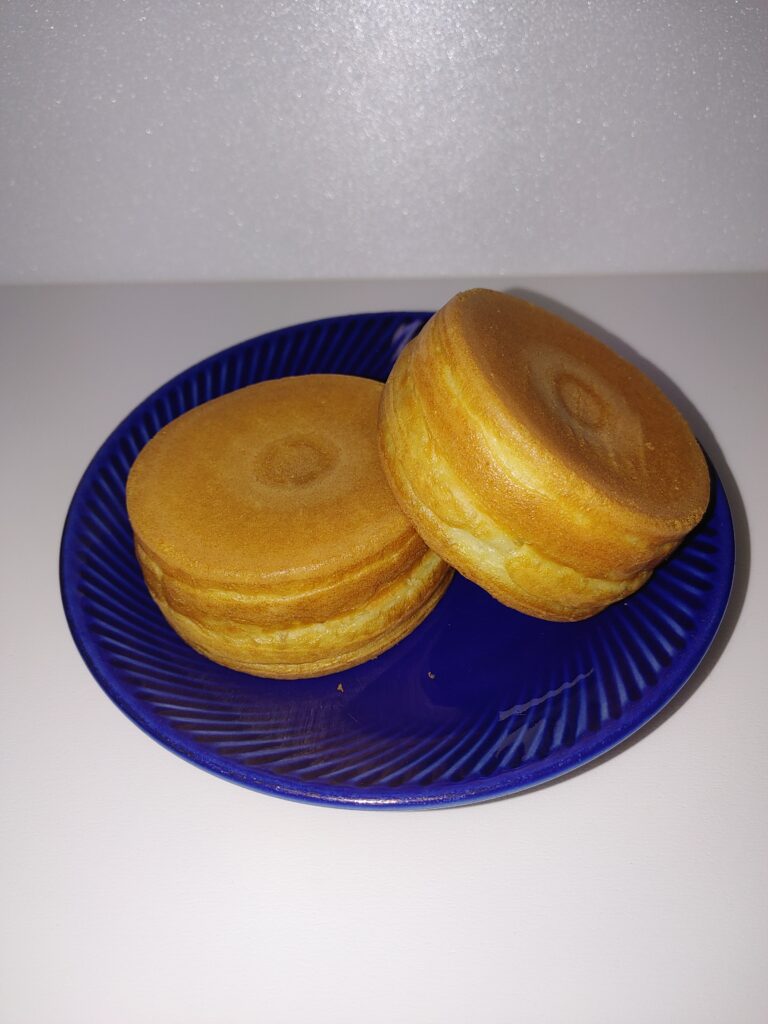
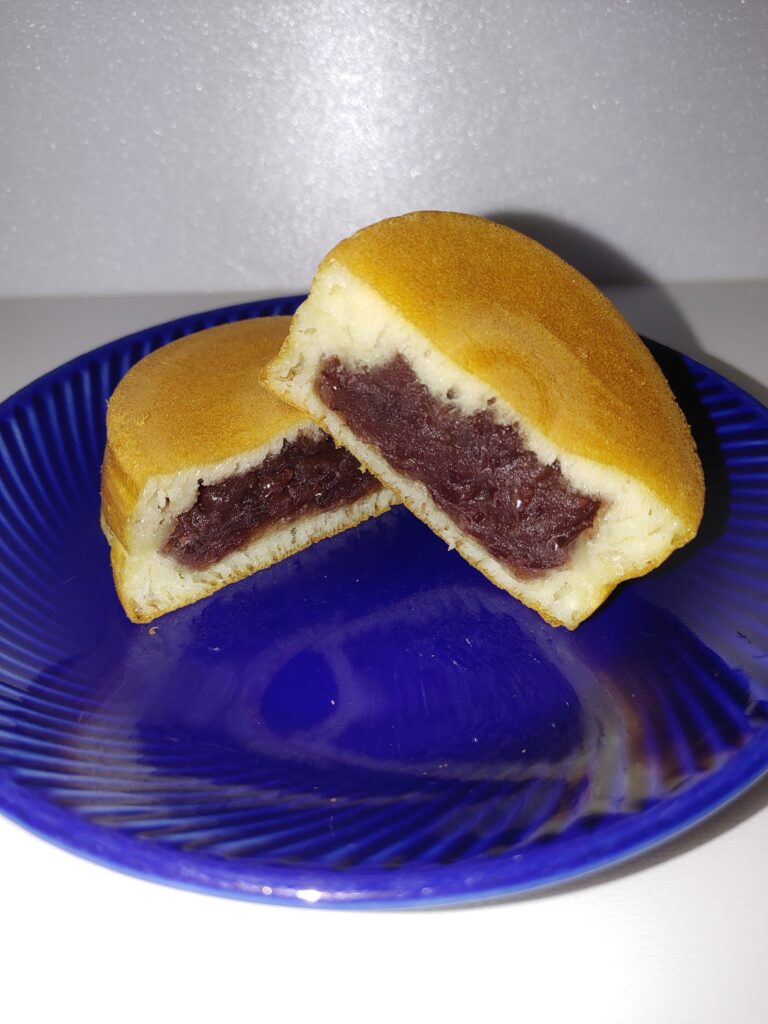
So, he considered how to obtain a better income.
Then, he got the idea that it was the origin of Taiyaki. He just changed the shape of the Imagawa-yaki into that of a fish, Tai (Sea bream).
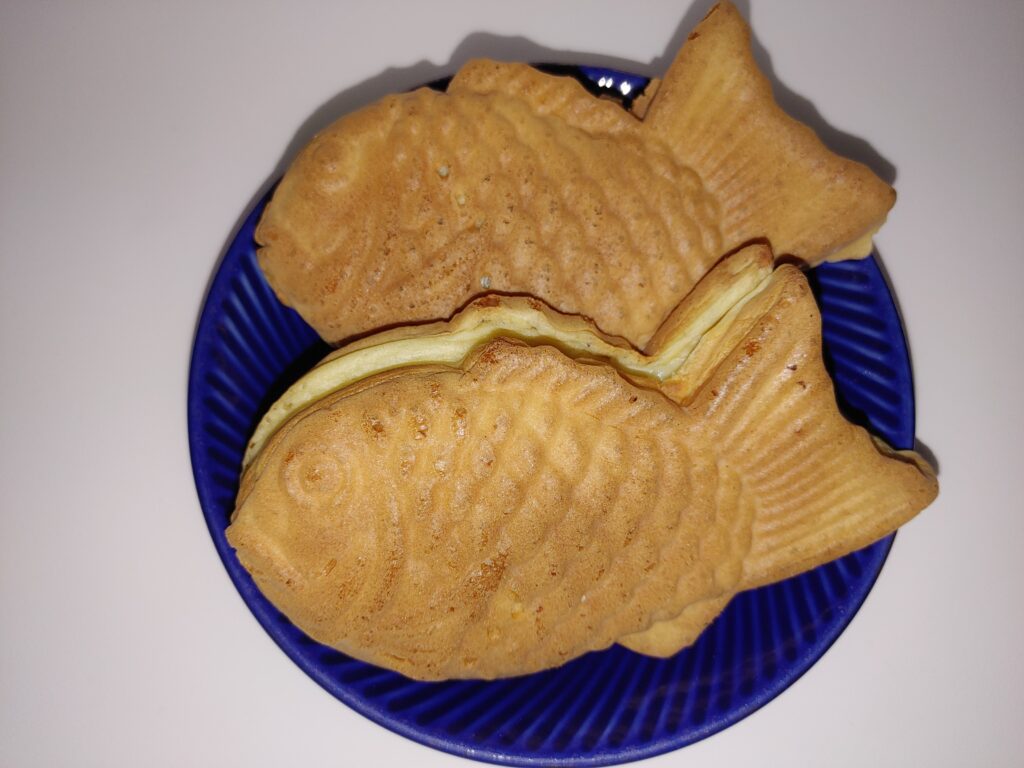
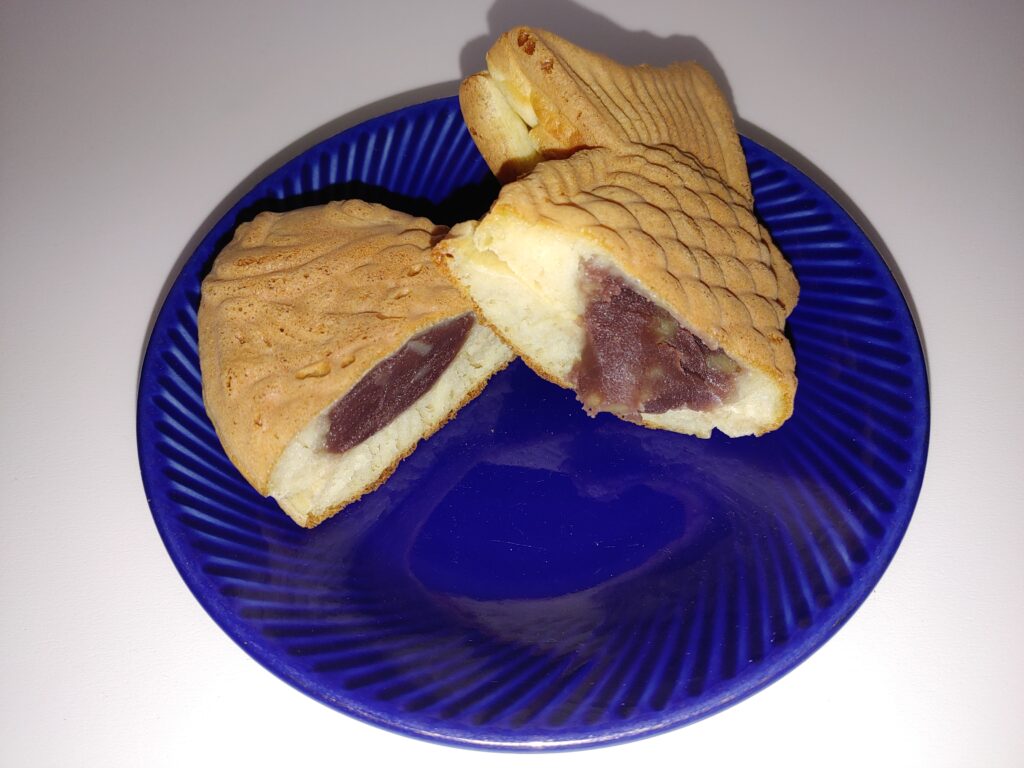
Why does it shape the fish?
In Japan, the fish means to celebrate/hooray your success!
Because the Japanese would say Me De Ta I (please read with Roman letters)! If such a good event happened.
Thus, the Japanese connected the end of the words, me de Tai to Tai (Sea bream). It is like a traditional joke.
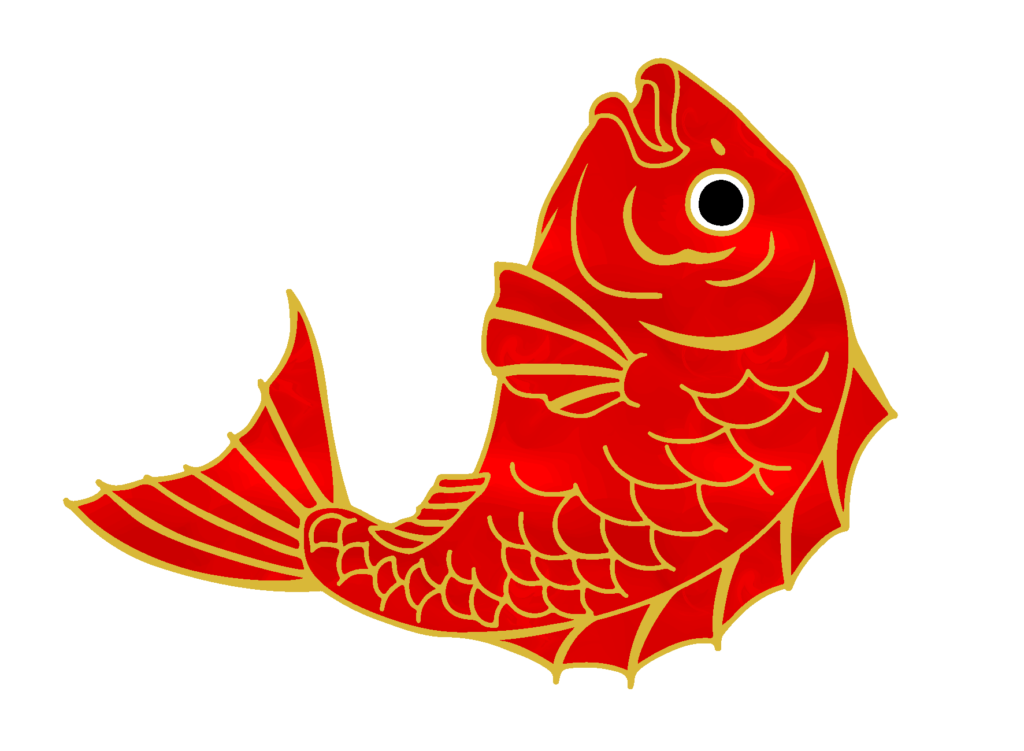
So, after his idea (new invention), that sweet quickly became popular. It is because the Japanese love to take any good charm (kind of amulet) for protection against bad luck.
Although we will eat them.
Latest Taiyaki style
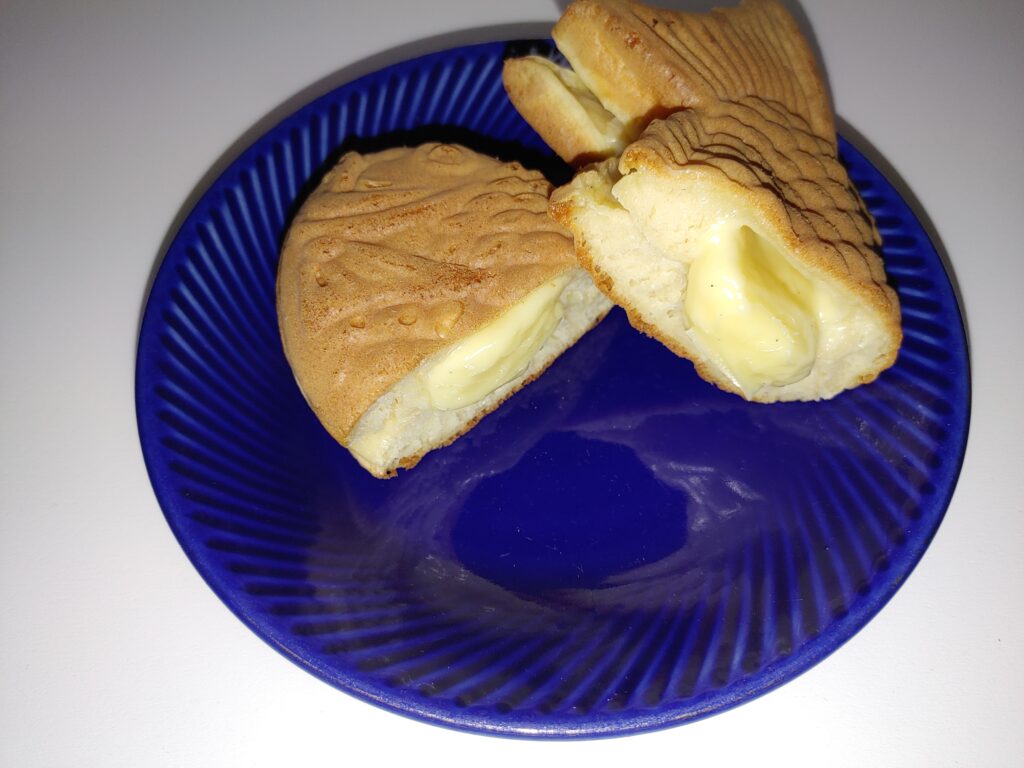
Since then, Taiyaki has been everywhere in Japan. And there are many (X10) new kinds of it spread around.
For example, the picture on the right side shows that it doesn’t have Azuki. Instead, that one has the Custard cream inside.
They are easy for Japanese sweet makers to adjust and call it a new kind because they can change the ingredients inside.
To close
It is the brief for the Japanese sweets, Taiyaki.
But the Japanese sweets are not over yet. (Of course.) If you are still interested in more articles about Japanese food, try this page.
We still have another category about the Japanese lifestyle, the Edo era, and religions.
There is also information about the Japanese character. Do you want to read? Please visit the front page of this blog.
OK! It is all today! See you for the next article!
